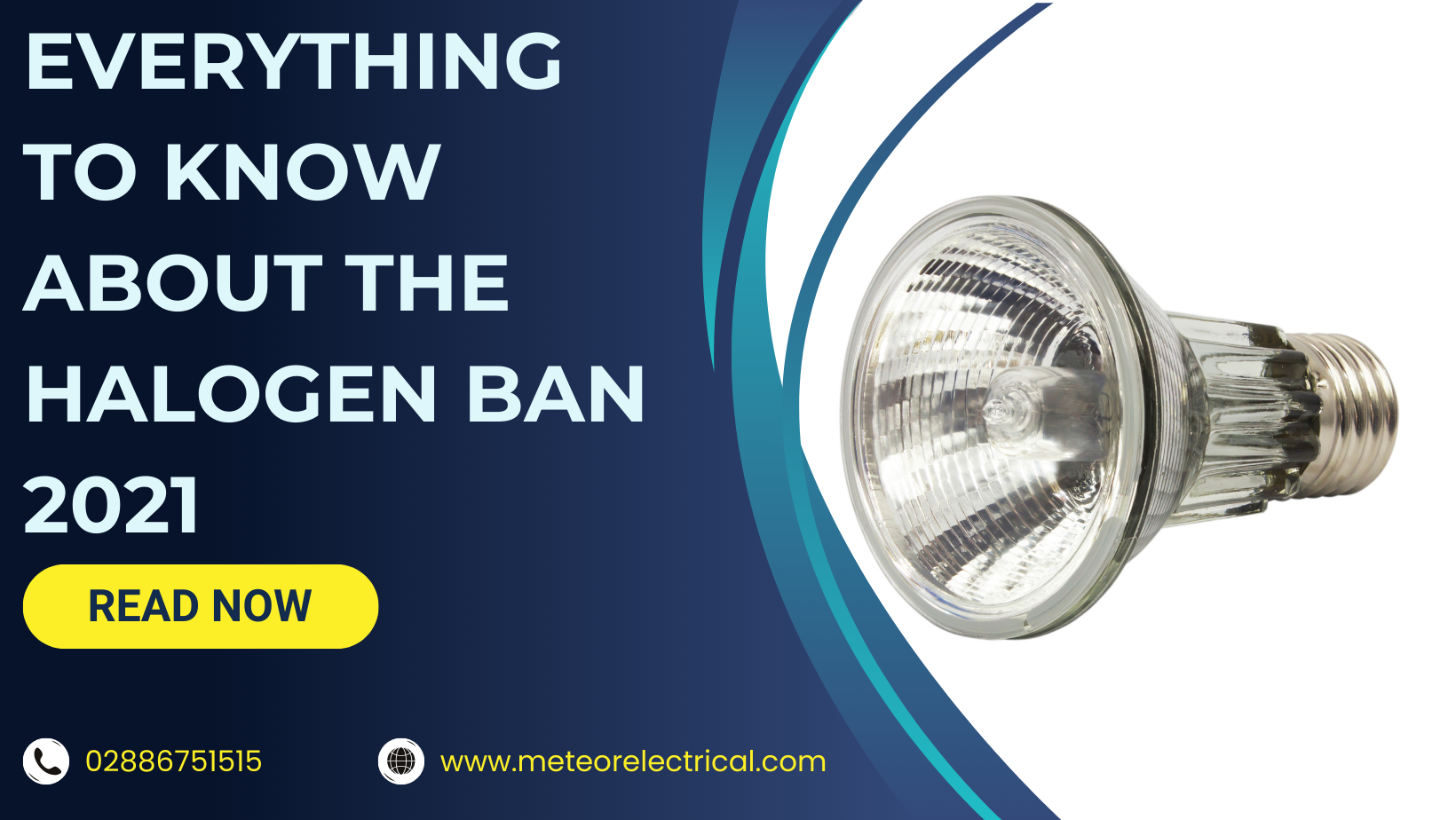The Halogen Ban 2021: Your Questions Answered!
The Halogen Ban 2021: Your Questions Answered!
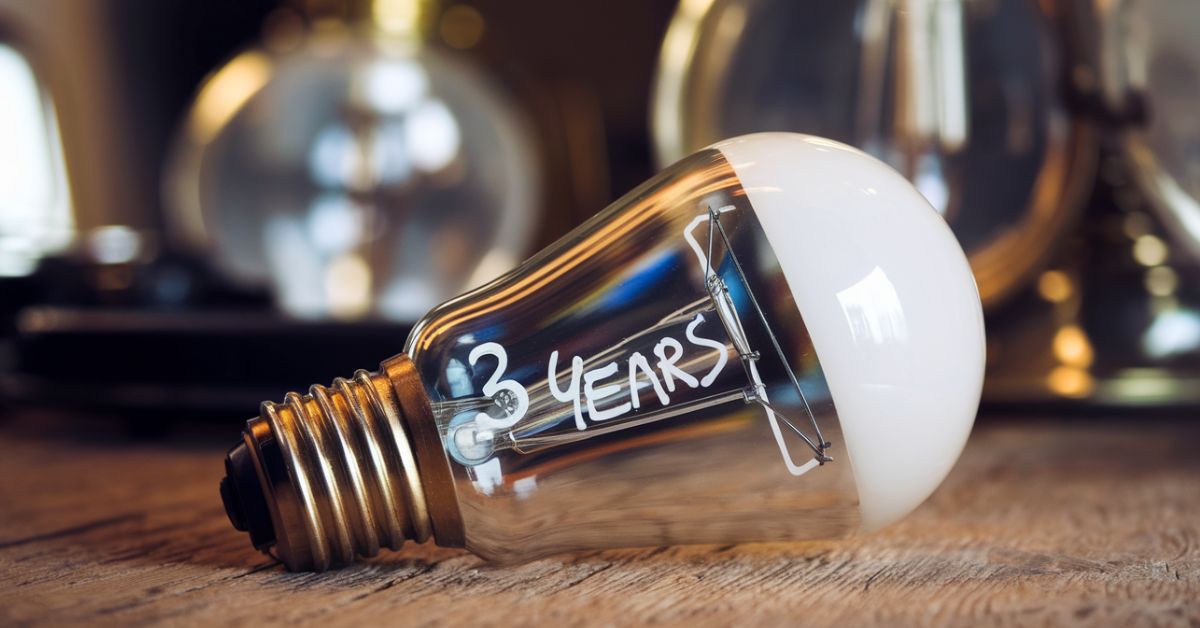
“Discover how the halogen bulb ban continues to impact you in 2024 and how Meteor Electrical can help you navigate the switch to LED lighting.”
Can you believe it's been three years since the UK government phased out halogen bulbs in 2021? As we step into 2024, many of us are still adapting to this significant change in our lighting landscape. At Meteor Electrical, we're here to answer your lingering questions and help you embrace a brighter, more energy-efficient future. So, let's shed some light on how the halogen bulb ban affects you today!
Why Were Halogen Bulbs Banned?
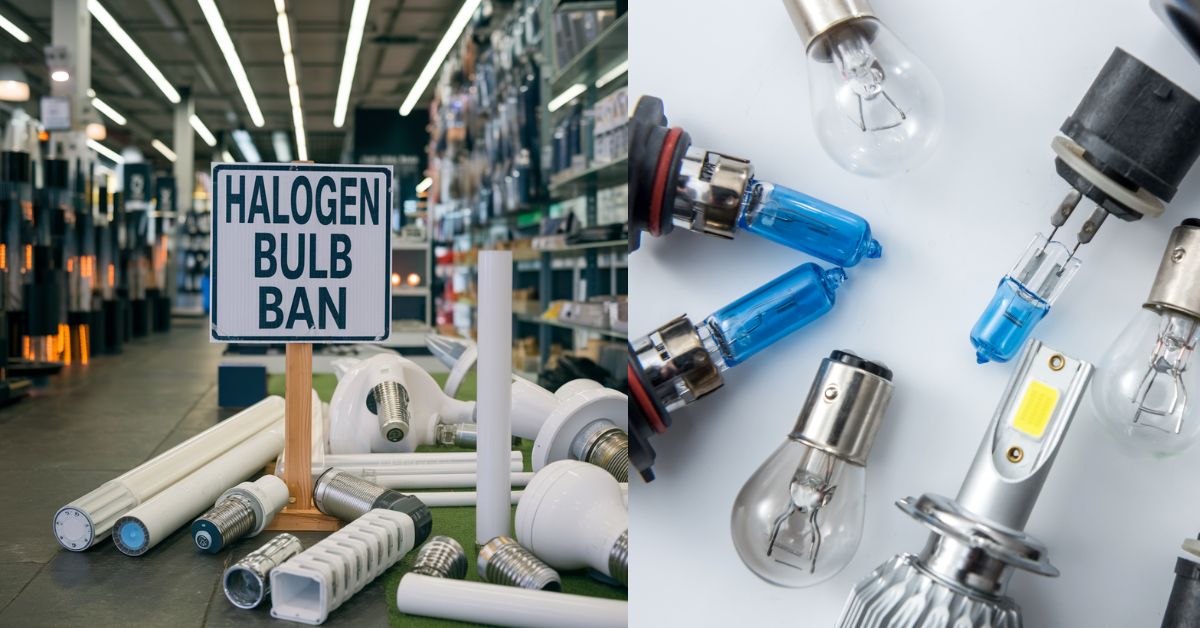
The ban on halogen bulbs was a strategic move to combat climate change and promote sustainability. According to the UK Government, this initiative is expected to cut 1.26 million tonnes of carbon emissions each year—the equivalent of removing over half a million cars from the road. By phasing out energy-draining halogen bulbs, the UK aims to reduce energy consumption and encourage the adoption of eco-friendly alternatives like LED lighting.
Do I Need to Replace My Halogen Bulbs Now?
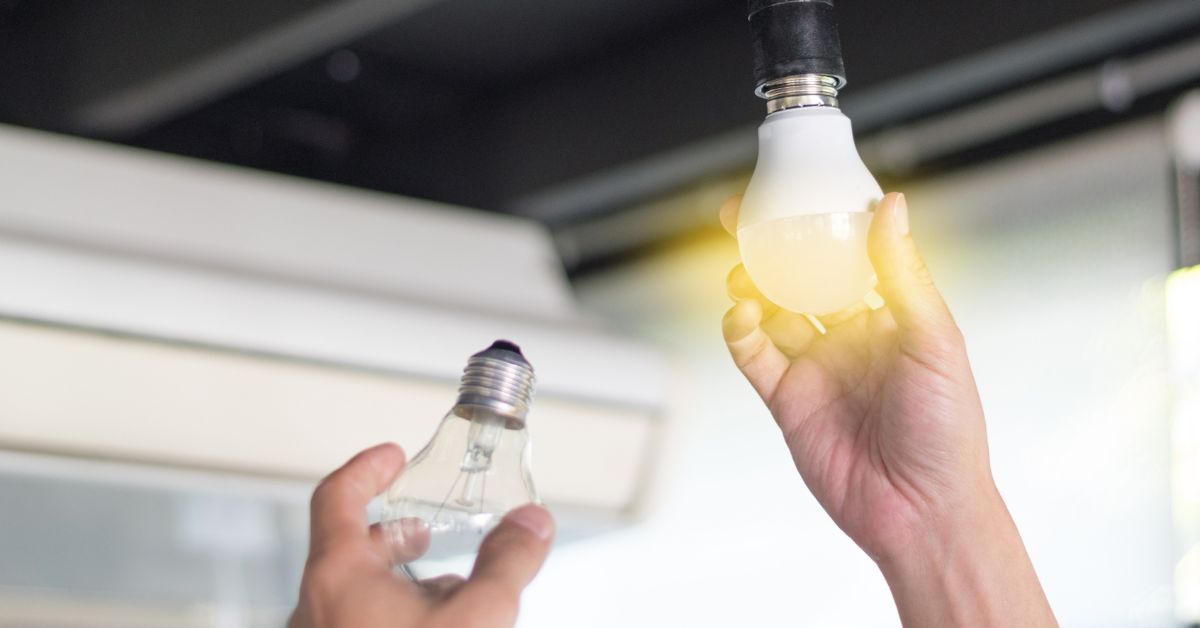
If you're still using halogen bulbs, there's no immediate need to discard them. You can continue using your existing bulbs until they burn out. However, it's wise to start replacing them with LED bulbs as they fail. This gradual transition not only spreads out the cost but also allows you to start enjoying the benefits of LED lighting sooner.
Credit: Belinda Carr
How Much Will It Cost to Replace Halogen Bulbs?
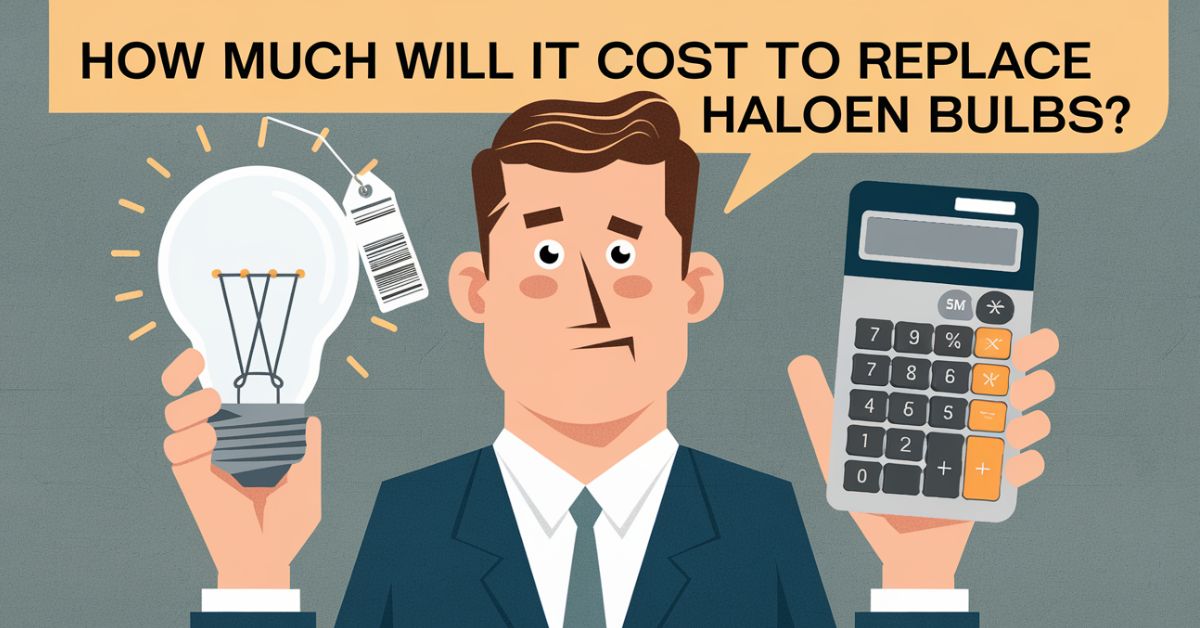
Switching to LED bulbs does involve an upfront investment, but it's a cost that pays off over time. While LED bulbs can be slightly more expensive per unit, they last up to five times longer than halogen bulbs and consume significantly less energy. According to the Energy Saving Trust, replacing all the bulbs in your home with LED alternatives could save you about £40 a year on your electricity bills.
Tom Lyon, director of energy at Energy Helpline, says:
"LED lightbulbs can be slightly more expensive per bulb, but because they last up to five times longer, the change should see prices fall for households overall, as well as being significantly better for the environment."
What Are the Long-Term Benefits Three Years Later?
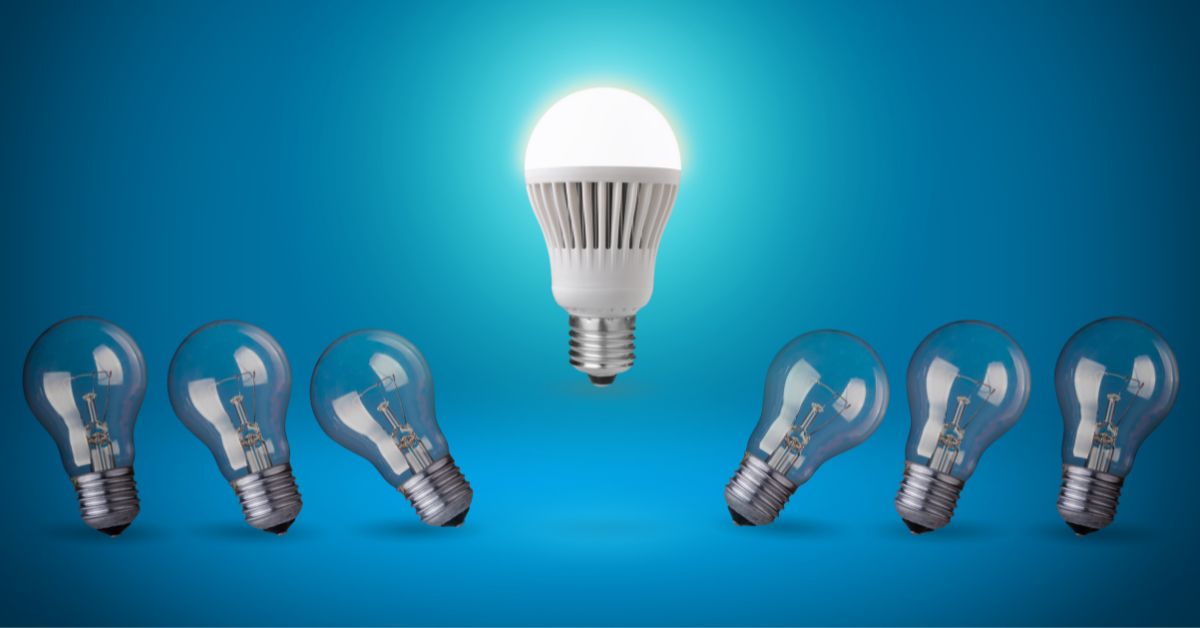
More Eco-Friendly
Since the ban, the shift to LED lighting has contributed to a significant reduction in carbon emissions. LED bulbs do not contain harmful substances like mercury, making them safer for both your home and the environment. By choosing LEDs, you're playing a part in promoting sustainability and reducing greenhouse gas emissions.
Enhanced Energy Efficiency
LED bulbs are up to 80% more energy-efficient than halogen bulbs. They convert a higher percentage of electricity into light rather than heat, which not only reduces energy consumption but also lowers your electricity bills. The new energy labels introduced by the EU and adopted by the UK simplify the energy ratings, helping consumers make smarter choices.
Longer Lifespan
LED bulbs boast an impressive average lifespan of 20,000 to 25,000 hours. That's about five times longer than traditional halogen bulbs. This means fewer replacements, less hassle, and more savings in the long run. LEDs are also more durable and resistant to shocks, vibrations, and external impacts.
Read more about the benefits of switching the LED lighting here.
Credit: Great Home Ideas
The Guide to Switching to LED Bulbs
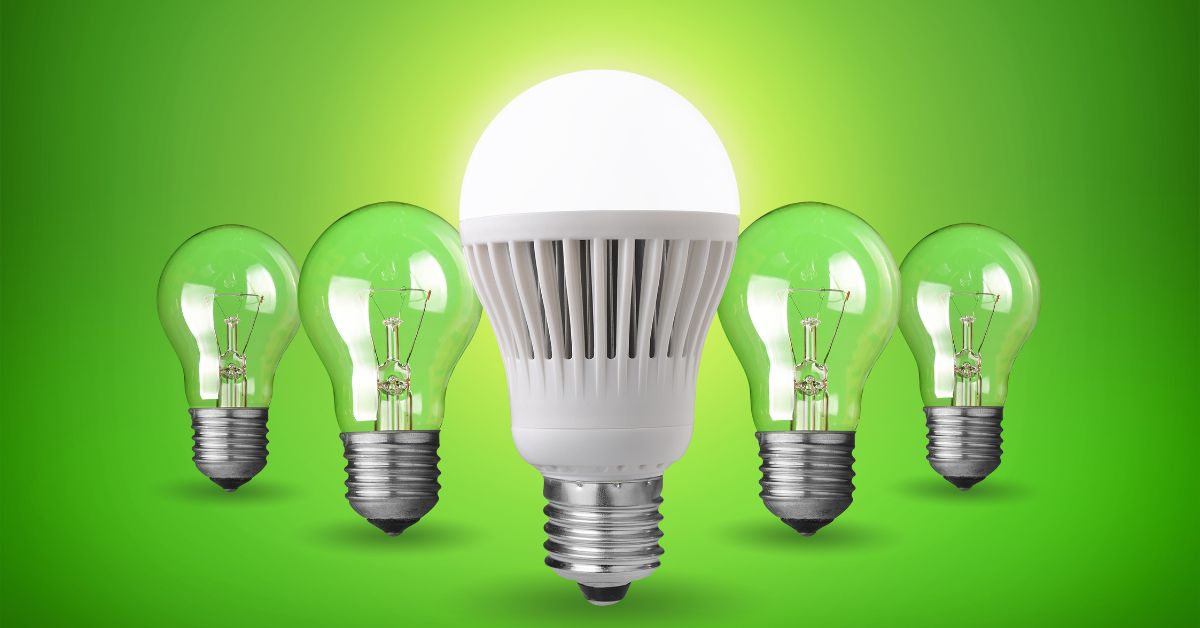
1. Choosing the Correct Lamp Base
First, identify the type of lamp base you need. Common fittings include:
• Bayonet Cap (BC): Features a twist-and-lock mechanism.
• Edison Screw (ES): Screws into the socket like a traditional bulb.
• GU10 and MR16: Often used in spotlights and downlights.
To find the right LED replacement, check the base of your old halogen bulb or the fitting description. At Meteor Electrical, we offer a wide range of LED bulbs compatible with various fittings. Browse our selection here.
2. Choosing the Brightness and Efficiency
When switching to LEDs, focus on lumens (lm) rather than watts to determine brightness. LEDs produce the same amount of light as halogen bulbs but use significantly less power. Here's a handy comparison:
| Halogen Bulb (Watts) | LED Bulb (Watts) | Light Output (Lumens) |
|---|---|---|
| 25W | 4W | 250 lm |
| 40W | 6W | 470 lm |
| 60W | 9W | 806 lm |
| 75W | 11W | 1055 lm |
3. Choosing the Correct Colour Temperature
LED bulbs come in a variety of colour temperatures, measured in Kelvins (K):
• Warm White (2700K - 3000K): Creates a cosy, relaxed atmosphere. Ideal for living rooms and bedrooms.
• Cool White (4000K): Provides a brighter, vibrant light. Suitable for kitchens and bathrooms.
• Daylight (5000K - 6500K): Mimics natural daylight. Perfect for reading areas and offices.
Not sure which one to choose? Check out our blog on How to Choose the Correct Colour Temperature for more insights.
Summary
The halogen bulb ban has paved the way for a more energy-efficient and environmentally friendly lighting landscape. By making the switch to LED bulbs, you're not only saving money but also contributing to a sustainable future.
At Meteor Electrical, we're dedicated to helping you navigate this transition with ease. We offer an extensive range of LED lighting solutions to suit every need and preference. Explore our LED bulbs here.
For personalised advice or assistance, feel free to email us at [email protected] or chat with one of our friendly advisors on our live chat!
Embrace the future of lighting with Meteor Electrical—your trusted partner in illuminating a brighter, greener world.
FAQs
1. Why were halogen bulbs banned in the UK?
The UK government banned halogen bulbs to reduce energy consumption and lower carbon emissions. By phasing out less efficient lighting, the aim is to combat climate change and encourage the use of eco-friendly alternatives like LED bulbs.
2. Can I still use my existing halogen bulbs?
Yes, you can continue to use your current halogen bulbs until they burn out. However, since they are no longer being sold, you'll need to replace them with LED bulbs when they do.
3. Are LED bulbs more expensive than halogen bulbs?
While LED bulbs have a higher upfront cost, they last significantly longer and use up to 80% less energy. This results in lower electricity bills and cost savings over the bulb's lifetime.
4. Do LED bulbs fit into the same fixtures as halogen bulbs?
In most cases, yes. LED bulbs are available in the same fittings as halogen bulbs, such as bayonet cap and Edison screw bases. Just ensure you choose the correct lamp base when purchasing.
5. How do I choose the right LED bulb to replace my halogen bulb?
Match the lumens (brightness) of your halogen bulb rather than the wattage, as LEDs use less power to produce the same light. Also, select the desired colour temperature (warm or cool) and ensure the bulb has the correct fitting for your fixture.

